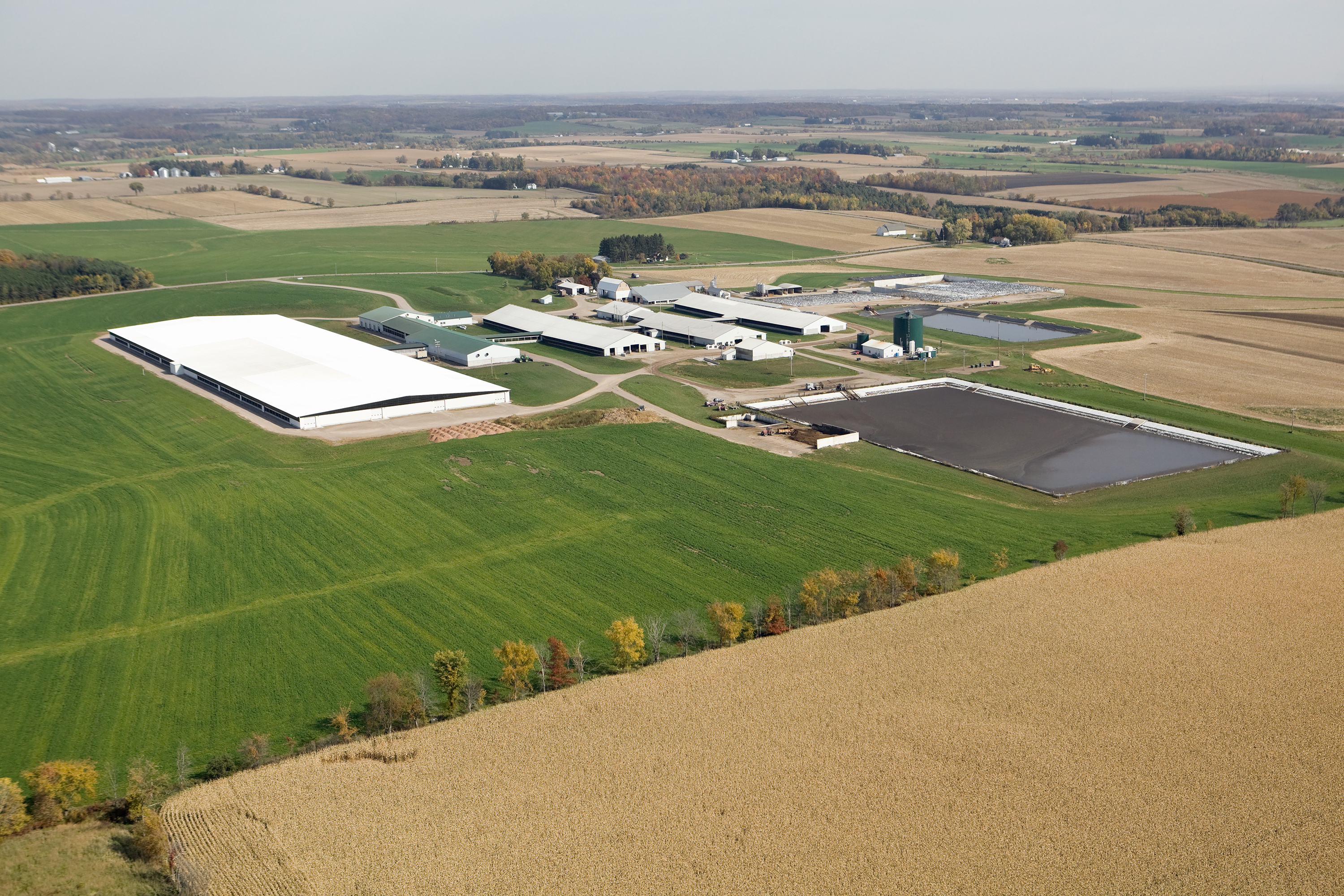With most dairy farms still family owned, having discussions surrounding the complex topic of succession planning are often difficult and uncomfortable.
Earlier this year, Dairy Stream – a podcast co-produced by Edge Dairy Farmer Cooperative and the Dairy Business Association – hosted a three-part podcast series, “Success in Succession Planning.” The series was broken up into three primary areas: organization, financials and legal. The third episode focused on the legal and mediation aspects.
Legal and mediation can pertain to any number of different facets of succession planning, including estate plans, trusts and wills, updating limited liability corporations (LLCs) and setting up marital agreements.
To discuss the topic, attorney George Twohig and dairy farmer Gordon Speirs of Shiloh Dairy in Wisconsin joined the podcast to share their succession planning experiences. Twohig has worked with farms to build such plans for several decades.
“In our succession planning, the challenge has always been: The farmer’s net worth is about 90 to 95 percent farm assets and only about 5 to 10 percent non-farm assets,” Twohig said. “It’s a real challenge to move all those assets to the next generation in a way that keeps peace and harmony in the family.”
Twohig also pointed to complications with tax repercussions (even when gifting assets) and some owners wanting to take a step back but not give up total control of the farm. Bigger families can also lead to complications when passing businesses on to the next generation.
Speirs said he received some simple but poignant advice when he was younger.
“Get a good attorney, and get a good accountant,” he said. “We’ve been proactive in that throughout our career.”
While Speirs said his family haven’t had to utilize their plan much so far, they did have a partner leave the farm a few years ago. However, because the farm had the right measures in place, everyone understood how to handle what could have been an uncomfortable situation.
“Because that was well planned out, we knew exactly how the game would play out if that ever happened,” Speirs said. “It was executed with no issues or family challenges. Being proactive is key.”
Estate plans
Of course, figuring out the difference between estate plans or trusts and wills can be tricky for the uninitiated. Twohig pointed out there is a difference between a succession plan and an estate plan.
“Succession planning involves looking at the business from an operational sense, the transfer of the business to the next generation and the retirement for the older generation,” he said. “The estate plan is the contingency component of the farm’s succession plan – how will the farm continue in the event of your incapacity or death.”
Twohig references the power of attorney, marital property agreement, pour-over will, usually a living trust and perhaps other aspects as key components of an estate plan.
“We uniformly use living trusts as our primary estate planning document,” he said. “Living trusts can provide for the management of farm assets during any period of incapacitation and avoid courts.”
Involving courts in estate plans can prove costly and often time-consuming, Twohig said.
“Wills should be avoided and replaced with living trusts,” he said.
Twohig said these tools can help farms build a better estate plan, which is in essence a contingency for your business in the event you pass or become incapacitated prior to implementing a succession plan. When building out your estate plan, Twohig pointed to a thorough evaluation of the current situation on the farm.
“Develop fair market balance sheets for your company, listing all assets,” he said. “You need to determine the readiness of on-farm heirs to assume management, as well as their ability to resolve conflict when you are no longer there.”
Non-farm heirs
Twohig then pointed to the hardest part of an estate plan – looking at what is available to any non-farm heirs in the event of your death. Making sure everyone involved is treated fairly can help avoid conflict.
Speirs echoed Twohig’s sentiment about a top-to-bottom evaluation.
“Make sure you know what you have,” he said. “Unity in the family is key. You want to make sure the next generation doesn’t end up arguing with each other and losing the family bond.”
Speirs also pointed out that treating everyone fairly does not necessarily mean treating everyone equally. It’s important to look out for your non-farming children, but the priority is making sure the farm can continue.
At the end of the day, building a successful succession plan should include some form of an estate plan to ensure everything runs smoothly in the event of untimely death in the family. Speirs said having someone around to ask the tough questions can help guide you through the process.
“It was presented to us as, ‘What if Mom and Dad tip over?’” he said. “Many families don’t want to discuss death, but we don’t want to be dealing with estate plans when suddenly there’s an accident on the farm. It’s better to deal with these when everyone is in a stable mindset and everything is running smoothly.”










